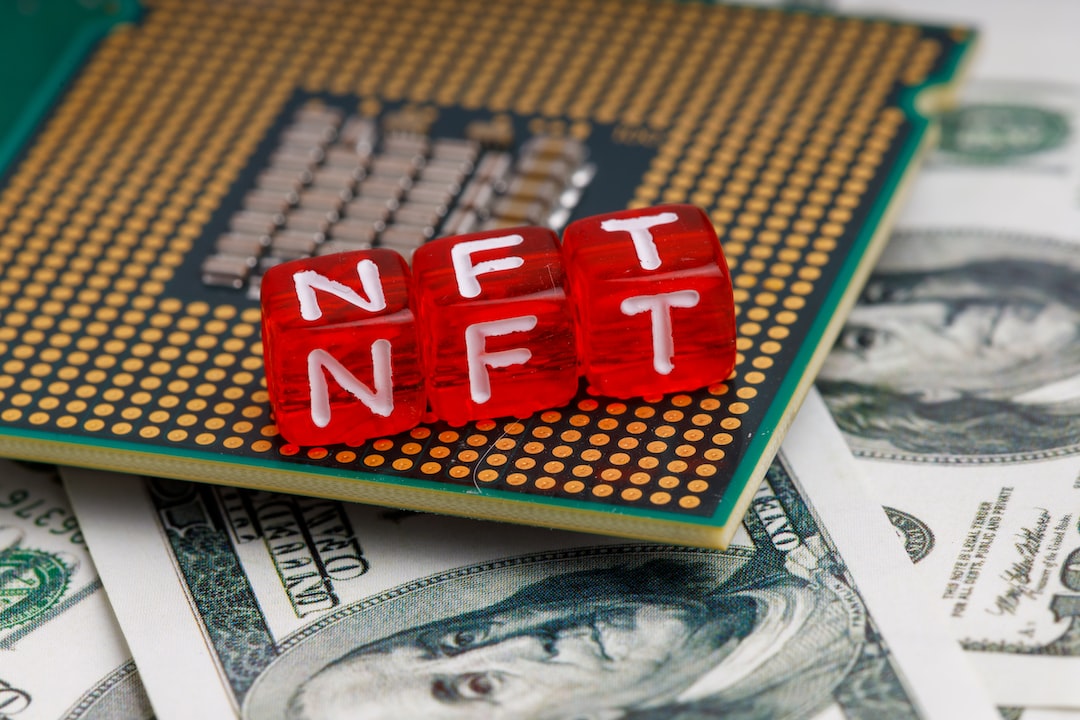The Bitcoin Network’s Hashrate Reaches Record High
The hashrate of the Bitcoin (BTC) network has reached a new all-time high, putting additional pressure on miners who are already grappling with a slump in profitability. According to data from Blockchain.com and Bitinfocharts, Bitcoin’s hashrate soared to a record-breaking 544 exahashes per second (EH/s) on Christmas Day. Throughout the year, network hash rates have more than doubled, witnessing a remarkable 130% increase since January. Interestingly, this surge in hashrate has been accompanied by a parallel rise in Bitcoin’s price, which has surged by over 150% since the beginning of 2023.
Impact of 2021 China Ban on Crypto Mining Gone
The summer 2021 mining ban in China, which disrupted a significant portion of the Bitcoin mining industry, seems to have had little lasting impact on the network’s hash rate. Will Clemente, co-founder of Reflexivity Research, said that the ban was “barely a blip” and emphasizing the resilience of the decentralized monetary network.
Challenges Faced by Miners with High Hashrate
While a high hashrate is favorable for theoretical price models and overall network security, it presents challenges for individual miners. As the hash rate increases, miners are required to put in more effort to secure the next block, leading to higher operational costs. In recent weeks, profitability, as measured by hash price, has declined as the hype around BRC-20 ordinal inscriptions has cooled off. Currently standing at $0.09 per terahashes per second per day, the hash price has witnessed a 34% decrease since its peak of $0.136/TH/s/day in December. The drop in profitability can be attributed to the sustained elevated fee pressure in Bitcoin’s mempools, the backlog of unconfirmed transactions.
Investors Worry About Upcoming Halving
Investors are also concerned about Bitcoin’s upcoming halving, set to occur in 2024. During this event, miners will receive only half the number of Bitcoins per block as they did previously, leading to lower profit margins for mining companies across the board. The Bitcoin halving is an event that occurs approximately every four years, specifically every 210,000 blocks. During the halving, the number of new Bitcoins generated per block is cut in half, reducing the rate at which new coins enter circulation. This mechanism is designed to control inflation and ensure the scarcity of Bitcoin over time. Historically, Bitcoin halvings have had a significant impact on the price of the cryptocurrency. However, it’s important to note that the halving’s impact on price is not immediate and can unfold over an extended period.
Hot Take: Bitcoin Hashrate Hits New All-Time High, Exacerbating Profitability Challenges for Miners
The hashrate of the Bitcoin network has reached a record-breaking level, creating additional difficulties for miners who are already facing profitability challenges. This surge in hashrate has been accompanied by a rise in Bitcoin’s price throughout the year. Despite concerns about China’s mining ban and the upcoming halving event in 2024, Bitcoin’s hash rate remains resilient. However, individual miners are struggling with higher operational costs as they compete to secure blocks. The sustained elevated fee pressure in Bitcoin’s mempools has led to a drop in profitability for miners. As we look ahead to the future of Bitcoin mining, these challenges will continue to shape its landscape.





 By
By
 By
By
 By
By
 By
By

 By
By